With reference to the below circuit why is it preferable to use NPN Silicon transistors for both high-current-output devices in a push-pull amplifier?
-
My first stereo receiver is 56 years old and has quasi-complementary outputs transistors. My newer Yamaha amplifier has complementary output transistors. – Audioguru Mar 06 '20 at 17:54
-
@ Andrew Davis ..Germanium Transistors were much easier to manufacture as PNP .NPN germanium was rare and did not perform as well as PNP . – Autistic Mar 08 '20 at 22:08
4 Answers
Don't have the time to write an extensive answer, but
- it's desirable that both chains are symmetric; thus, using the same components makes sense. It's easier to find to matched NPNs than if you tried to build a matched NPN+PNP pair – but both exist on the market. I hear that in the 1970's, matched NPN+NPN pairs were significantly cheaper. I don't think that's overly true these days.
- For the same size, NPNs are easier to make high-current capable. In other words: once you buy a million, NPNs are cheaper than PNP able to carry the same current. Same applies if you buy very large-current transistors: both NPN and N-channel are generally easier to get than PNP / P-channel.
Generally, be wary when literature claims things without referring to why something is. Things outdate, and if you don't give reasons, you'll simply have a lot of "I don't even know if this is still true" statements in your literature.
- 88,280
- 5
- 131
- 237
To add to Marcus' answer, depending on the frequency of operation, NPN transistors are faster than PNP. This is because electron conduction is faster than hole conduction. If your application is high-speed, you'd prefer NPN.
In a NPN transistor, current is carried by electrons moving from the emitter to the collector.
In a PNP transistor, current is carried by holes moving. Since the holes are just the lack of an electron, for the 'hole' to move toward the collector, really, the surrounding electrons are moving out of the way. The way to visualise this is to think of a bubble of gas in a fizzy drink. The bubble looks to rise, but really the drink (electrons) is moving downwards, forcing the bubble (holes) up.
This is clearly visible in part datasheets. For example, the BC547 (NPN) and BC557 (PNP). See the two snippets from the Fairchild datsheets showing the fT (frequency at which the transistor has unity gain).
BC547 (NPN) has an fT of 300 MHz.
BC557 (PNP) has an fT of 150 MHz.
Just another point to consider. In this example, the PNP transistor is half of the speed of the NPN. This is not uncommon.
- 693
- 6
- 14
This question makes me feel very old indeed. When this type of audio amplifier was first proposed in the mid-1950s by Lin and then by two engineers Toby and Dinsdale published in Wireless World in 1961 (Google will find them) there were no PNP power transistors to complement the ubiquitous 2N3055. Hence the quasi-complementary arrangement was the only game in town. Later PNP power devices began to be available and later still complementary power darlingtons too which became the preferred arrangement of the day. Today the go-to solution is probably complementary MosFets.
- 51
- 1
Why npn ? Easier to design..look at the dc grounds , and in push-pull config with a matched pair ,even harmonics reduced considerably whether in audio or rf, odd harmonics still have to contend with. Hfe can be good on either npn or pnp , freq response can be good with either as well. For HiFi prefer mosfet or igfet ...just me.
And wondering why class b
- 1
- 1
-
3Your answer is very hard to understand. I think it would be helpful if you wrote complete sentences and elaborated on what you mean by "look at the dc grounds" and "even harmonics considerably reduced". – Elliot Alderson Mar 07 '20 at 15:20


